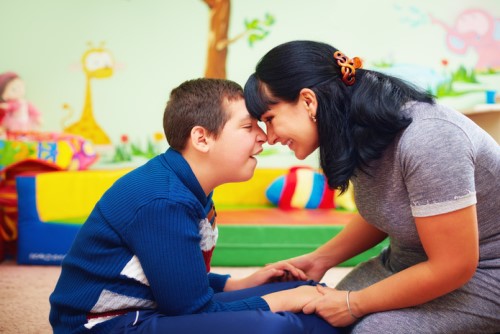
Professional development is needed to increase teacher knowledge about anxiety-related behaviours in students with autism, a new study by Griffith University shows.
The study, published in the journal, Research in Developmental Disabilities, found teachers report that they would respond differently to students with and without autism.
Teachers reported being more likely to use responses for children with autism that may increase the child’s anxiety levels in the long-term, such as over-protection or avoidance.
With those not on the spectrum, however, teachers reported they would be more likely to respond with autonomy-promoting responses such as encouraging problem solving and rewarding of independence or bravery.
Sixty-four primary and secondary school teachers took part in the study – 60 in mainstream schools and four in special schools.
Lead author Dr Dawn Adams from Griffith’s Autism Centre of Excellence said while at least 50% of students on the autism spectrum experienced clinical levels of anxiety, there was scant research focussing upon anxiety at school in children with autism.
“This is the first study to explore how teachers respond to anxiety-related behaviours in students with autism and compare how these may differ from responses to students without a diagnosis of autism,’’ she said.
“Teachers report they are likely to respond differently to anxiety-related behaviours of students on the autism spectrum, but the causes and impact of such differences are yet to be determined.”
Dr Adams said it is already known that some teachers report feeling apprehensive, or ill-prepared, to support students with autism in their classroom, and suggested it may be that the combination of autism and anxiety increase these feelings of apprehension.
“We need to be doing more research to investigate anxiety in children with autism at school, including teacher patterns of responding, so that effective professional development can be offered to teachers who support students with autism at school,” she said.


